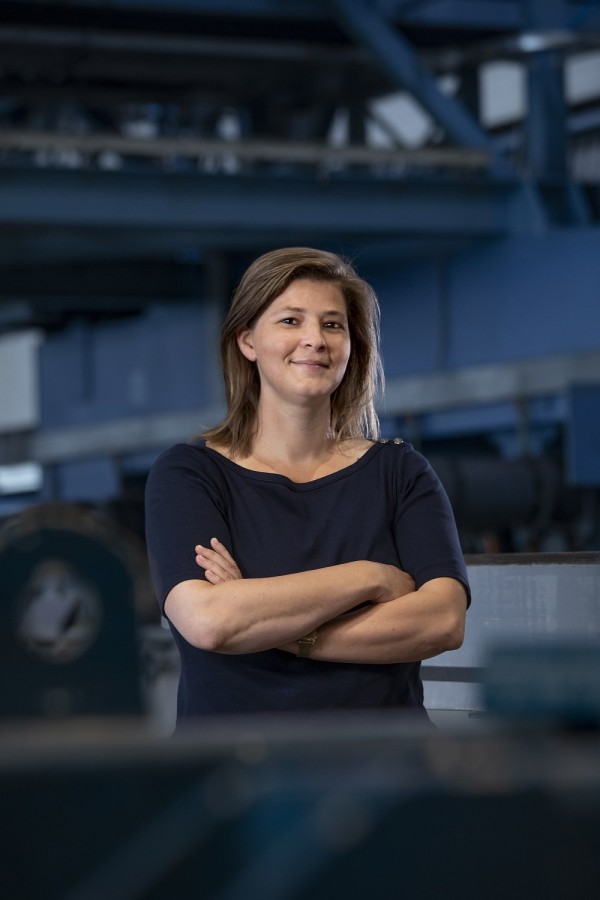 ‘The energy transition is the biggest challenge for the passenger vessel sector’
‘The energy transition is the biggest challenge for the passenger vessel sector’
Within the passenger market the most important research topics for MARIN are safety, comfort, and fuel/emission reduction.
Almost all large cruise vessels and many of the smaller cruise vessels operating in the world today have actually been investigated and tested at MARIN. Karola van der Meij, Team Leader for Cruise & Ferry and market coordinator for passenger vessels, comments: “MARIN has extensive experience and a proven track record in this sector.”
Nowadays, most cruise vessels are propelled with podded propulsion. “At MARIN we have many pod units on stock for model testing, representing the pods available in the market. In addition, we have developed our own extrapolation method for vessels with podded propulsors to achieve the most accurate full-scale speed power prediction.”
And although after many booming years, the cruise industry is in choppy weather currently given the pandemic, cruising is expected to be a popular vacation choice again post-Covid, especially in Asia, Karola stresses. However, for ferries the situation is different. The ferry fleet is aging and in the last couple of years there has been a lot of newbuilding to renew the fleet. “Many ferries have been built in Europe, but Asia is now the main supplier, although a European design office is often involved still.”
Varying from seagoing ferries that carry vehicles to high-speed catamaran ferries, each ferry has a different operational profile. “But fuel/emission reduction and safety are always key aspects in their designs.”
On board safety
MARIN is continuously pushing to improve the safety on board of passenger vessels, Karola stresses. Major developments are underway in the EU project FLARE. “Together with all the important stakeholders in the cruise and ferry industry we are investigating how to contain and control the risks related to flooding incidents. The ultimate objective is to propose a revision of the IMO regulations and thereby make future passenger vessels even safer.”
Studying the spread of infections
A relatively new area for MARIN regarding the safety aspect is investigations into preventing the spread of infections on board. “In our new facility ‘The Atmosphere’, we can control and independently monitor the temperature, relative humidity, ullage pressure and gas composition. We can conduct full-scale experiments of aerosol dispersion in this facility and study its dependence on these environmental factors. In the Dutch public-private cooperation MIST we are developing fundamental knowledge about virus infectivity, the spreading of airborne droplets and ventilation.”
Energy transition
But undoubtedly, the biggest challenge for the whole maritime industry and also for the passenger vessel sector is the energy transition, emphasises Karola. The implementation of future engine rooms requires a holistic design approach, where the ship’s propulsion, power system and hydrodynamic design are well integrated.
Alternative, zero emission fuels have a lower energy density than fossil fuels and are still more expensive. This affects the operational profile and business model of a vessel or fleet, she points out. Therefore, alternative fuels should be combined with measures to reduce energy consumption. A good hull form and propulsor design are a good start and a further reduction can be achieved by the use of wind-assisted propulsion or air lubrication systems. “Therefore the integration of the future propulsion and power system in the hydrodynamic design, whilst considering the operational conditions, is the biggest challenge for the maritime industry at the moment,” Karola concludes.

